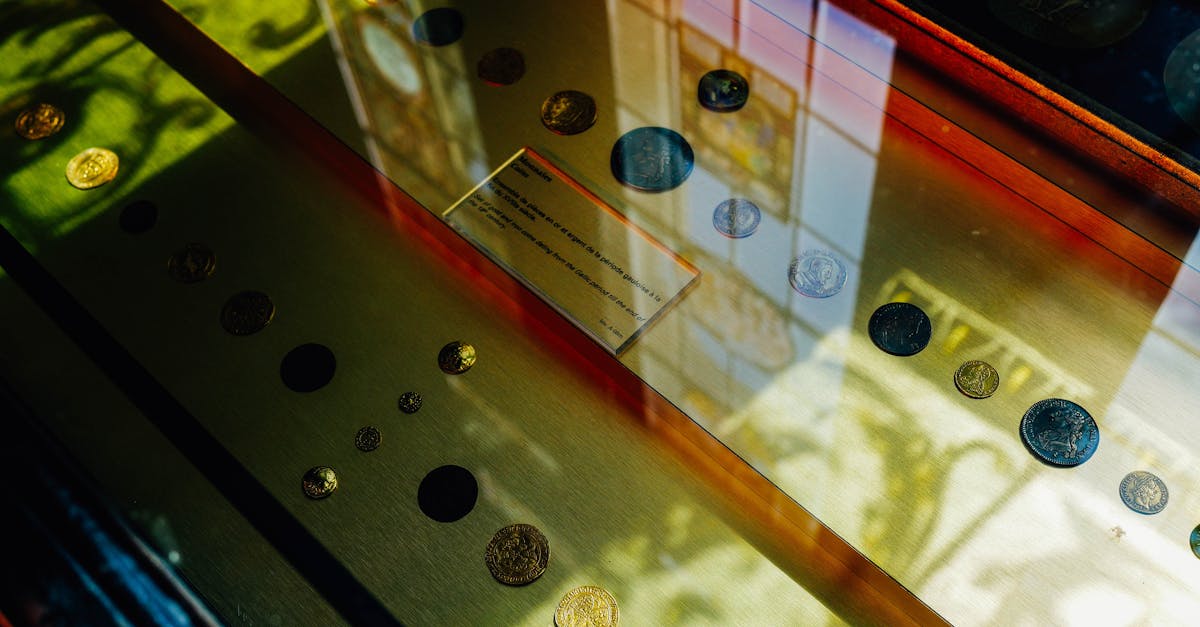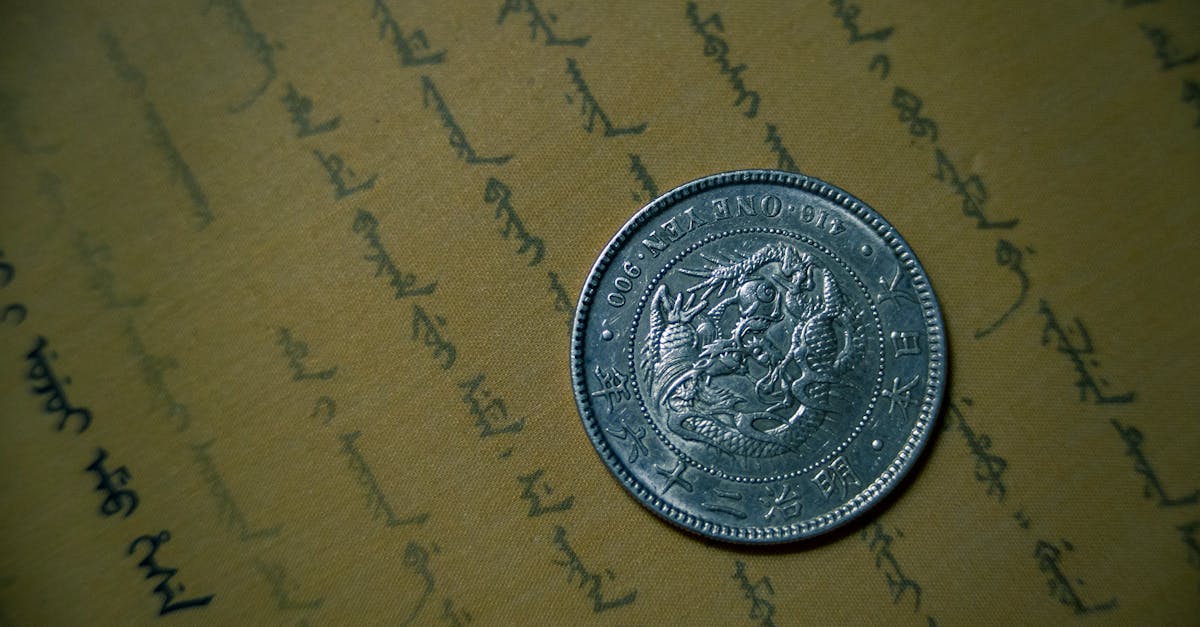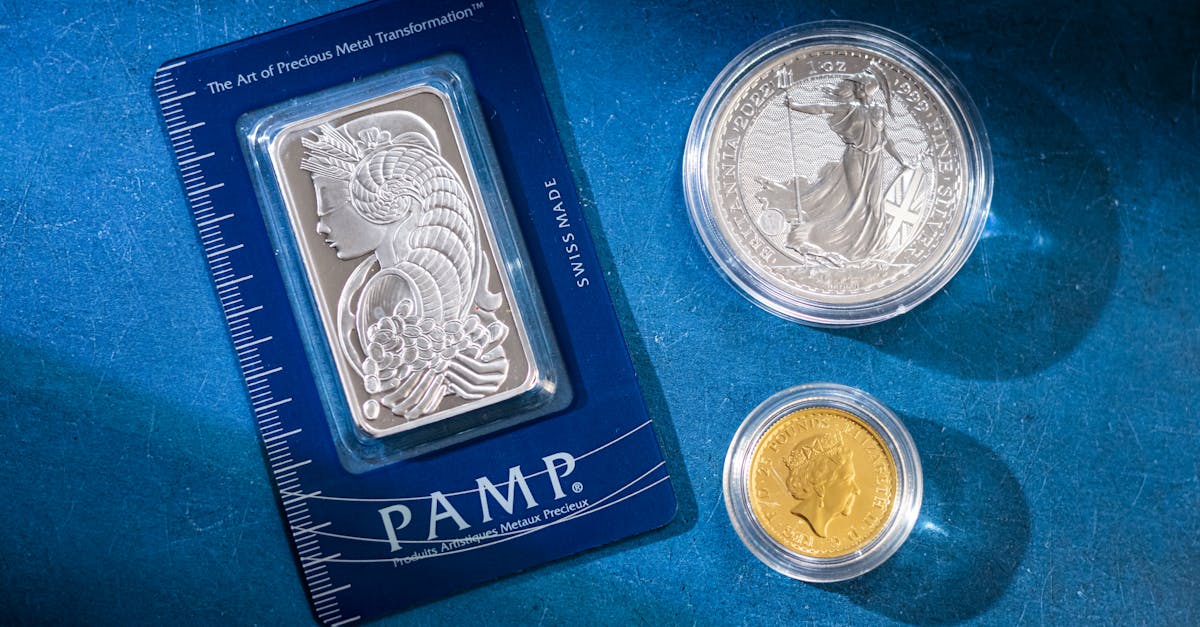From Pre-Sale Estimates to Auction Fever: The Enchanting Dance of Rare Coin Prices

Unveiling the Mystery of Rare Coin Auction Prices: Where Expectations Meet Excitement
Imagine stepping into the electrifying atmosphere of a rare coin auction, where priceless pieces of history and exquisite craftsmanship dance before your eyes. The air buzzes with anticipation as collectors from far and wide gather, ready to witness the thrilling spectacle of coins being sold for staggering sums. But what determines the final outcome of these captivating events? How do pre-sale estimates compare to the actual prices realized? Join us on a captivating journey as we unlock the secrets of rare coin auction prices, exploring the factors that shape their value and the strategies that guide passionate collectors in their quest for numismatic treasures.
In the realm of rare coin auctions, pre-sale estimates serve as a compass, guiding potential bidders through the labyrinth of market trends, coin rarity, and historical data. These meticulously crafted estimates, provided by seasoned auction houses, offer a valuable starting point for collectors to gauge the potential worth of each coin. Yet, as the gavel falls and the bidding frenzy unfolds, pre-sale estimates often become mere whispers in the face of the unpredictable forces that reign supreme on the auction floor. Welcome to the intoxicating world of rare coin auctions, where expectations collide with the excitement of bidding wars, the allure of exceptional condition, and the captivating stories of pedigree and provenance. Prepare to delve into the intricacies of this captivating arena, where the true value of rare coins transcends mere monetary worth and becomes an enthralling tapestry woven from history, rarity, and the unyielding passion of collectors.
Key Insights
- Pre-sale estimates provide valuable guidance but should not be considered absolute predictors of final auction prices.
- The interplay of market demand, coin condition, and the presence of eager collectors can significantly drive up prices beyond pre-sale estimates.
- The condition of a rare coin, including factors like luster, strike, and surface preservation, has a profound impact on its value.
- Coins with exceptional rarity and unique features, such as limited mintages or errors, attract intense competition and often command remarkable prices.
- The psychology of bidding, influenced by both emotional connections and strategic decision-making, can sway the final price of a rare coin in unpredictable ways.
1. Pre-Sale Estimates: A Glimpse into the Expected
Before the adrenaline-fueled bidding wars commence, auction houses meticulously analyze market trends, coin rarity, and historical data to provide pre-sale estimates for each coin. These estimates serve as a valuable compass for potential bidders, offering a starting point to gauge the potential worth of each numismatic treasure. With decades of experience and expertise, auction houses carefully study past auction results, consult with coin experts, and delve into market research to craft these estimates.
Pre-sale estimates are not mere shots in the dark; they are informed judgments based on a wealth of data and knowledge. Auction houses consider the rarity of the coin, its condition, and its historical significance. They also take into account the current market demand for similar coins and the overall economic climate. By combining all these factors, auction houses strive to provide estimates that are both realistic and reflective of the coin’s true value.
For potential bidders, pre-sale estimates are an invaluable tool. They allow collectors to set a budget, prioritize their bidding strategy, and make informed decisions during the auction. While pre-sale estimates can never perfectly predict the final price, they provide a solid foundation for bidders to navigate the often-unpredictable waters of rare coin auctions. Embrace these estimates as your trusted guide, helping you navigate the exciting world of rare coin collecting with confidence and a touch of calculated anticipation.
2. Factors Influencing Final Prices: Unpredictability and Excitement

Factors Influencing Final Prices: Unpredictability and Excitement
Step into the captivating world of rare coin auctions, where the final price of a coin is a mesmerizing blend of pre-sale estimates and the electrifying dynamics of bidding activity. As collectors engage in a thrilling dance of offers and counteroffers, factors beyond the initial estimates come into play, influencing the ultimate outcome in unpredictable and exciting ways.
Market demand is a force that can propel prices to dizzying heights. When a particular coin is highly sought after by multiple collectors, the competition to acquire it intensifies, driving the price well above its pre-sale estimate. The condition of the coin also plays a pivotal role. A coin in exceptional condition, with minimal wear and tear, can command a significant premium, as collectors are willing to pay top dollar for pristine examples.
The presence of eager collectors is another factor that can dramatically impact the final price. When passionate collectors set their sights on a particular coin, they may be willing to pay a hefty sum to add it to their collection. This enthusiasm can create bidding wars, where collectors engage in a spirited competition to outbid each other, pushing the price far beyond its initial estimate. Embrace the unpredictability and excitement of rare coin auctions, where the final price is a captivating blend of anticipation, strategy, and the unyielding passion of collectors.
3. Bidding Wars: The Heat of the Auction Floor
Prepare yourself for the exhilarating spectacle of bidding wars, where the temperature on the auction floor soars as passionate collectors engage in a thrilling competition to acquire coveted coins. The intensity of these battles is palpable, with collectors determined to outbid each other, driving prices far beyond pre-sale estimates. It’s a captivating display of the allure and desirability of rare coins.
Imagine the scene: collectors’ eyes locked on the prize, hands twitching with anticipation, ready to strike at the opportune moment. The auctioneer’s voice echoes through the room, calling out bids with increasing fervor. The tension is thick as collectorsstrategically assess their next move, weighing their desire for the coin against the rapidly rising price.
Bidding wars are a testament to the extraordinary allure of rare coins. When a coin of exceptional rarity and beauty emerges, collectors are willing to go the extra mile to add it to their collection. The heat of the competition reflects the intense passion and dedication that drives these individuals, making bidding wars a captivating spectacle that showcases the captivating world of coin collecting.
4. Condition Counts: The Defining Characteristic

Condition Counts: The Defining Characteristic
In the realm of rare coin collecting, condition is king. Coins with exceptional preservation and minimal wear command higher prices, often surpassing pre-sale estimates. Collectors are willing to pay a premium for coins that have survived the passage of time in pristine condition.
Imagine holding a rare coin in your hand, its surface gleaming as if it were struck yesterday. The intricate details are sharp and clear, as if the engraver’s tools had just finished their work. Such coins are highly sought after by collectors, who appreciate the beauty and historical significance of these well-preserved pieces.
When evaluating a coin’s condition, collectors consider factors such as luster, strike, and surface preservation. Luster refers to the coin’s brilliance, which is affected by the amount of wear it has undergone. A coin with a strong luster is more desirable than one that has become dull over time. Strike refers to the sharpness of the coin’s design. A well-struck coin has清晰的, well-defined details, while a poorly struck coin may havemushy, indistinct features. Surface preservation refers to the absence of scratches, nicks, or other imperfections on the coin’s surface. The more pristine the surface, the higher the coin’s value.
5. Pedigree and Provenance: The Coin’s History
Unveil the captivating stories behind rare coins, where history and provenance intertwine to add layers of value and interest. Coins that have graced famous collections or played a role in significant historical events can fetch remarkable prices at auction, captivating collectors with their rich narratives.
Imagine holding a coin that once belonged to a legendary figure, such as a renowned collector or a historical personage. The coin becomes a tangible connection to the past, imbued with the legacy of its previous owners. Collectors are drawn to coins with impeccable provenance, as they offer a glimpse into the lives and times of those who held them before.
Provenance is not merely about有名的名字; it’s about the detailed history of a coin’s ownership. A well-documented provenance can trace the coin’s journey through the centuries, adding layers of intrigue and credibility to its story. Collectors value coins with a clear and unbroken provenance, as it assures them of the coin’s authenticity and enhances its desirability.
6. Rarity and Demand: The Driving Forces
Rarity and Demand: The Driving Forces
In the realm of rare coin collecting, rarity and demand go hand in hand, propelling prices to dizzying heights. Coins with limited mintages or unique features attract intense competition among collectors, often resulting in prices that far exceed pre-sale estimates.
Imagine a rare coin with a mintage of just a few hundred pieces. Its scarcity makes it highly sought after by collectors, who are willing to pay a premium to add it to their collections. The allure of owning a piece of history that is both beautiful and incredibly rare is irresistible to many collectors.
Rarity is not the only factor that drives demand. Unique features, such asエラー, overstrikes, or unusual designs, can also make a coin highly desirable. Collectors are always on the lookout for coins that stand out from the crowd, and they are willing to pay top dollar for the privilege of owning them. The combination of rarity and demand creates a powerful force that can send coin prices soaring.
7. The Psychology of Bidding: Emotion and Strategy
The Psychology of Bidding: Emotion and Strategy
Step into the captivating world of coin auctions, where emotions and strategies dance together, influencing the final price in unpredictable ways. While rational analysis plays a role, it’s the emotional connections and strategic bidding that truly sway collectors’ decisions.
Imagine a collector who has been searching for a particular coin for years. When it finally appears at auction, emotions run high. The collector’s desire to own the coin may overpower rational thinking, leading them to bid more than they initially intended. Such emotional connections can drive prices well above pre-sale estimates.
Strategic bidding is another key factor in the psychology of auctions. Collectors may employ various strategies to gain an advantage, such as bidding early to establish a strong position or waiting until the last moment to make a surprise bid. The goal is to outsmart other collectors and secure the coin at the best possible price.
What are the key factors that influence the final price of a rare coin at auction?
The final price of a rare coin at auction is influenced by a combination of factors, including pre-sale estimates, market demand, coin condition, the presence of eager collectors, rarity, and demand, as well as the psychology of bidding, involving both emotions and strategic decision-making.
How can collectors prepare for the unpredictable nature of rare coin auctions?
To prepare for the unpredictable nature of rare coin auctions, collectors should thoroughly research the coins they are interested in, set a budget, and develop a bidding strategy. Attending auctions in person or online can also provide valuable experience and insights.
What is the importance of provenance in determining the value of a rare coin?
Provenance refers to the documented history of a coin’s ownership. A well-documented provenance can add significant value to a coin, as it provides assurance of its authenticity and enhances its desirability among collectors.
How can emotional connections and strategic bidding sway the final price of a rare coin?
Emotional connections, such as a personal attachment to a particular coin or a desire to complete a collection, can lead collectors to bid more than they initially intended. Strategic bidding involves employing tactics like bidding early or waiting until the last moment to make a surprise bid, with the aim of gaining an advantage and securing the coin at a favorable price.
What are some tips for successful bidding at rare coin auctions?
To increase the chances of success at rare coin auctions, collectors should set realistic budgets, do their research, and be prepared to adjust their bidding strategy based on the dynamics of the auction. Patience and discipline are also important, as it may take time to acquire the desired coins at the right price.
Key Insights
| Key Insight | Description | |—|—| | Pre-sale estimates are valuable references, but final prices can vary based on market dynamics. | Auction prices are influenced by factors beyond pre-sale estimates, such as demand and collector enthusiasm. | | Coin condition plays a crucial role in determining value. | Coins with exceptional preservation command higher prices due to their rarity and desirability. | | Rare and unique coins attract intense competition. | Limited mintages and distinctive features increase a coin’s value and desirability among collectors. | | Emotional connections and strategic bidding influence final prices. | Collectors’ personal attachment to coins and calculated bidding tactics can impact auction outcomes. |

0 responses to “Unveiling the Mystery: Auction Prices for Rare Coins – Pre-Sale Estimates vs. Final Outcomes”